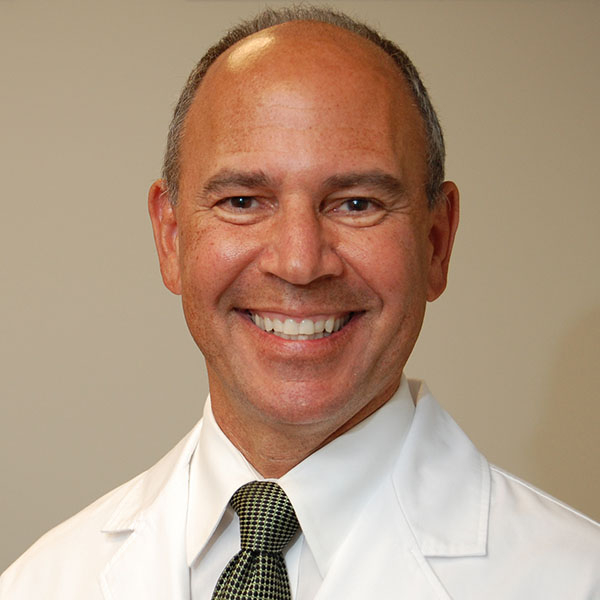
There are certain things our bodies do so often and so automatically that we barely notice them. Yawning, growling stomachs, and runny noses are good examples. Each is a universal part of our daily human experience.
But did you ever wonder why? Below are a few things we know and a few we suspect.
Why do you yawn?
Perhaps you associate yawning only with being tired or bored. While we don’t know exactly why people yawn, there’s no shortage of theories. Yawning may
- stretch out our lungs and nearby tissues, preventing tiny airways in the lungs from collapsing
- distribute a chemical called surfactant, a gooey liquid that coats the tiny air pockets in the lungs and helps keep them open
- help prepare our bodies for transitions between wakefulness and rest: For example, yawning often occurs after a period of relaxation and when awakening from sleep. And it may serve as an internal signal that it’s time to sleep, or time to take a break from activities (such as driving).
- play a role in maintaining proper brain temperature: Our brain functions best within a narrow range of temperatures. Some experts believe yawning can help cool the brain through complex effects on nearby circulation and the sinuses.
It’s also unclear why yawning is contagious. In the animal kingdom, it’s common to see contagious yawning among members of a group, perhaps as a signal for collective behavior (such as moving from activity to rest).
Why does your stomach growl?
That rumbling in your stomach is known medically as borborygmi — an excellent Scrabble word if you have the right letters. We usually assume it reflects hunger. And it’s true that the experience of hunger can make itself heard in anticipation of a meal.
But your stomach may also growl after a meal, when the stomach and intestines propel liquids and food through the digestive tract. Stress can also trigger stomach rumbling.
What’s causing all that noise — and is it ever a problem? It may be due to gas moving around in response to muscular contractions of the intestinal walls. Occasionally, noises from the abdomen may be a sign of an intestinal infection or other trouble. If you’re experiencing other symptoms, such as pain or fever, check in with your doctor. But the vast majority of noises are harmless and a sign that your gut is working normally.
Why does your nose run?
Sometimes it can seem like your nose is running for no reason. But there are some well-known triggers, such as:
- Infection. When you have a cold, mucous membranes produce more mucus as part of your defense system: more mucous flowing out means fewer germs getting in.
- Allergies. Pollen, ragweed, or other triggers stimulate immune cells that produce histamine. Histamine opens up blood vessels just beneath the mucous membranes, and that leads to increased production and release of fluid and mucus. As with infection, this response may be helpful to dilute the offending trigger and rid it from the area.
- Cold, dry air. The inside surface of the nose is covered with mucous membranes that warm and humidify air well before it reaches the lungs. When you inhale dry, cold air through your nose, these membranes humidify the air by secreting water and mucus.
- Spicy foods. Spices like capsaicin act as an irritant to the sinuses and mucous membranes, which release fluid in response.
The bottom line
Some of the most common everyday human experiences are also some of the least understood. There are many other examples, of course: Why are we ticklish? What purpose do hiccups serve? What’s the deal with brain freeze? Perhaps topics for another day.
It may seem like a leap of faith, but it’s likely there are very good reasons for the way our bodies work — even when we don’t know what those reasons are.
About the Author

Robert H. Shmerling, MD, Senior Faculty Editor, Harvard Health Publishing; Editorial Advisory Board Member, Harvard Health Publishing
Dr. Robert H. Shmerling is the former clinical chief of the division of rheumatology at Beth Israel Deaconess Medical Center (BIDMC), and is a current member of the corresponding faculty in medicine at Harvard Medical School. … See Full Bio View all posts by Robert H. Shmerling, MD








